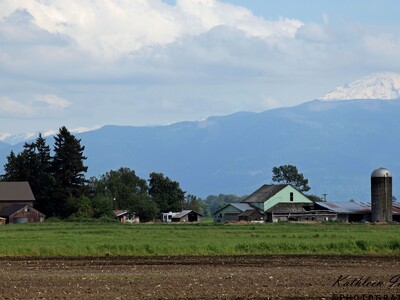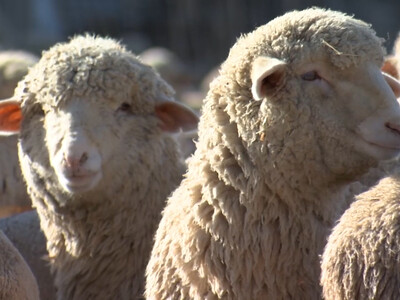Wolf numbers
Idaho’s wolf population declined by 206, or 13 percent, in 2022. But the state’s total wolf number is still currently nine times greater than the original recovery goal for the animals.That marks the first time the state’s wolf population has dropped by an appreciable amount since they were re-introduced in Idaho in 1994 and 1995.
Those who have borne the brunt of the wolf impact – ranchers – see that as a very good thing.
“That’s 100 percent a good thing,” says Blaine County rancher Clayton Mecham.
Since being re-introduced to Idaho, the state’s wolf population has grown rapidly and the predators have had a major negative impact on many livestock producers, as well as Idaho’s elk population.
According to IDFG, since 2014 alone, at least 299 Idaho livestock producers have sustained more than 1,291 verified losses to wolves. And department officials say those verified losses represent only the minimum of total wolf depredations.
“Make no mistake, the majority of ranchers, farmers and Idahoans overall view a reduction in Idaho’s wolf population as a great thing,” said Idaho Farm Bureau Federation President Bryan Searle. “We can only hope the population continues to decline to a much more manageable level.”
Idaho Department of Fish and Game officials estimate the state’s wolf population reached 1,543 in 2021 but declined to 1,337 in 2022.
Idaho in 2019 became the first state to begin using remote cameras to estimate a statewide population.
Fish and Game crews used 533 cameras to collect about 10 million photos in July and August of 2022.
The department then used artificial intelligence software to sift through those photos and applied mathematical modeling to estimate Idaho’s wolf population.
Some environmental and animal rights groups have claimed Idaho plans to slaughter its wolf population but IDFG officials say that will not happen.
In response to written questions from Idaho Farm Bureau Federation, IDFG in an email said the department “will continue to maintain a viable population of wolves in the state while managing to reduce wolf conflicts with livestock and negative impacts on other big-game populations.”













